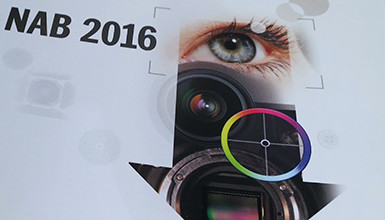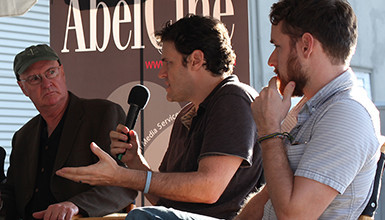The bokeh of a lens defines how that lens renders the out of focus portions of the image. In representing a three-dimensional space on the two-dimensional field of a photographic plate, the geometry of the path light takes through the lens elements can become apparent. As elements within the frame move out of focus (further from the third dimensional "Z-axis' center of the image) and further from the middle of the frame (the two dimensional "X-axis" and "Y-axis" center of the image), the Z-axis distance can begin to interact with the X- & Y-axis distances, causing a curving of the image. The visual effect is to create a spherical or tunnel-like rendering of the image as it progresses from the plane of focus. The more pronounced this effect, the more "coarse" the bokeh. A highly corrected bokeh minimizes the rounding effect, rendering a more flat field as the image shifts focus.
In the video above, I demonstrate the differences in bokeh effect using three lenses of similar aperture size and identical focal length. Test lenses were the Zeiss Ultra Prime 50mm T1.9, Cooke 50mm S4 T2, and a 60-year old Cooke Speed Panchro Ser.II T2.3 lens. All were tested with their apertures wide open so that iris shape was not a factor. They were mounted to a Chrosziel lens projector, which has a lamp inside and interchangeable reticles to project a reference image onto a wall. I shifted the lenses quickly through their focus ranges to see how the projected image was altered. The Zeiss Ultra Prime appeared highly corrected, as the image did not change dimensionality much as it moved in and out of focus. The Cooke S4 was less corrected, as the shape of the image began to "cone" as it went out of focus, with the center remaining flat but the outer edges curving away. The elderly Speed Panchro exhibited a much coarser bokeh, with a pronounced curvature of the image.
Remember, a course or fine bokeh does not necessarily translate to a "good" or "bad" bokeh, as it is more of a personal preference. One man's artifact is another man's art.
If you'd like to learn more about bokeh and the other sometimes-indefinable characteristics of lenses, keep your eye out for my HD Essentials: Secrets of Optics class!













